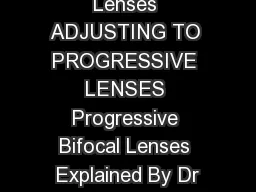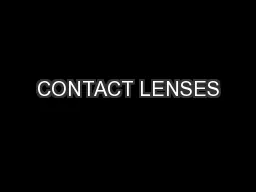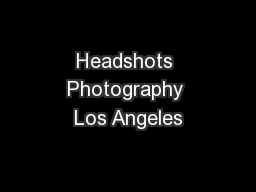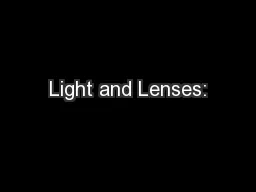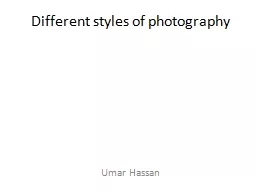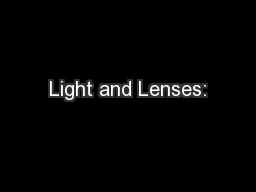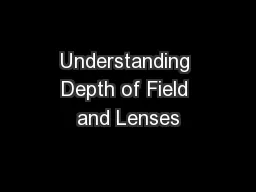PPT-PHOTOGRAPHY 101 identify & use different types of cameras & lenses
Author : min-jolicoeur | Published Date : 2019-03-16
COURSE DESCRIPTION This course is designed to introduce students to the fundamentals of commercial photography in relation to seeing photographically operating
Presentation Embed Code
Download Presentation
Download Presentation The PPT/PDF document "PHOTOGRAPHY 101 identify & use diffe..." is the property of its rightful owner. Permission is granted to download and print the materials on this website for personal, non-commercial use only, and to display it on your personal computer provided you do not modify the materials and that you retain all copyright notices contained in the materials. By downloading content from our website, you accept the terms of this agreement.
PHOTOGRAPHY 101 identify & use different types of cameras & lenses: Transcript
Download Rules Of Document
"PHOTOGRAPHY 101 identify & use different types of cameras & lenses"The content belongs to its owner. You may download and print it for personal use, without modification, and keep all copyright notices. By downloading, you agree to these terms.
Related Documents


